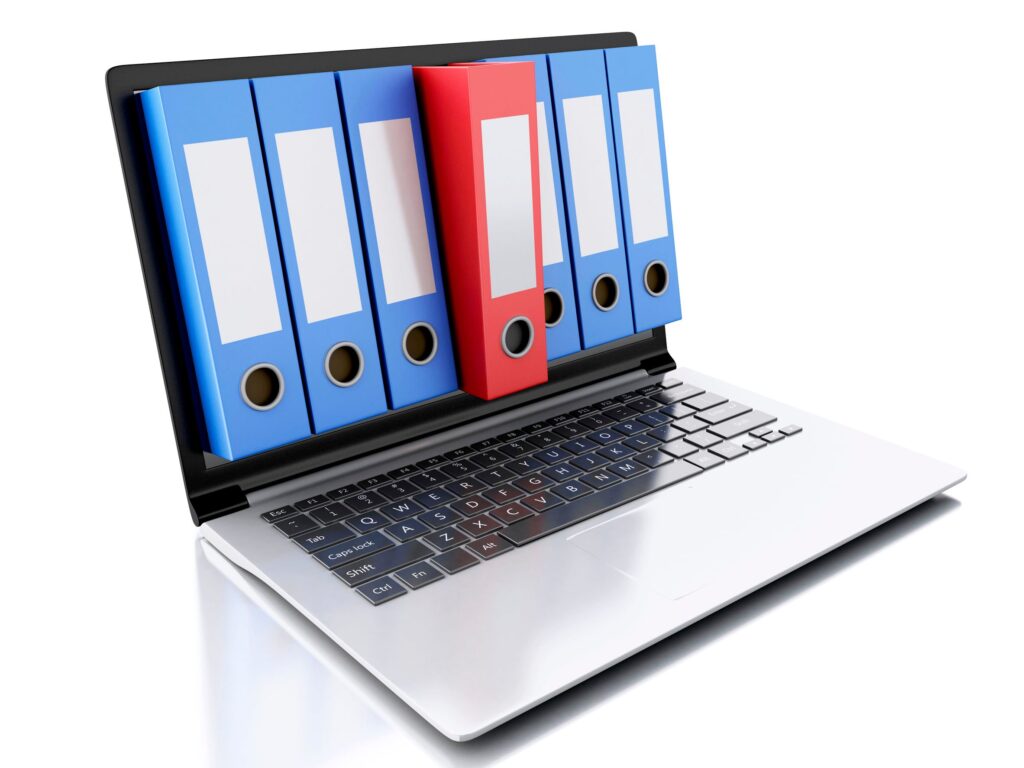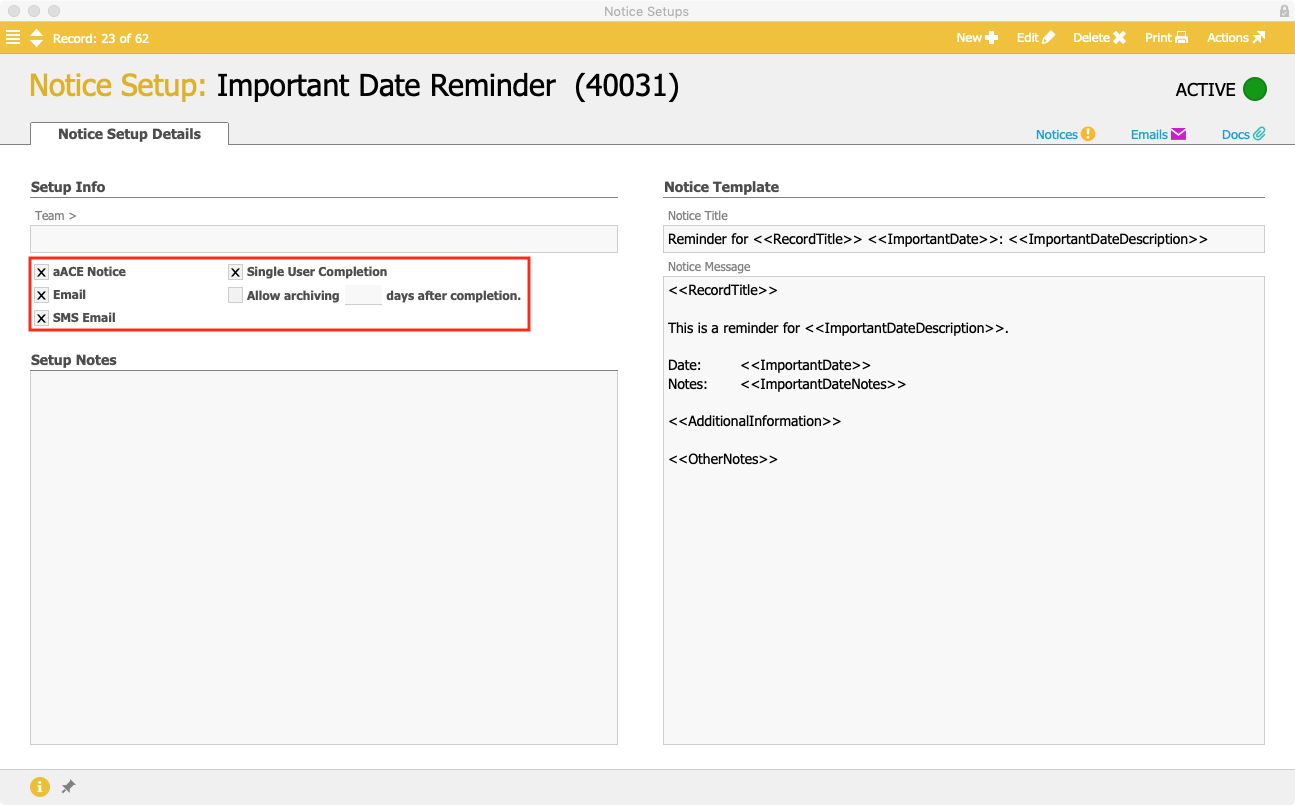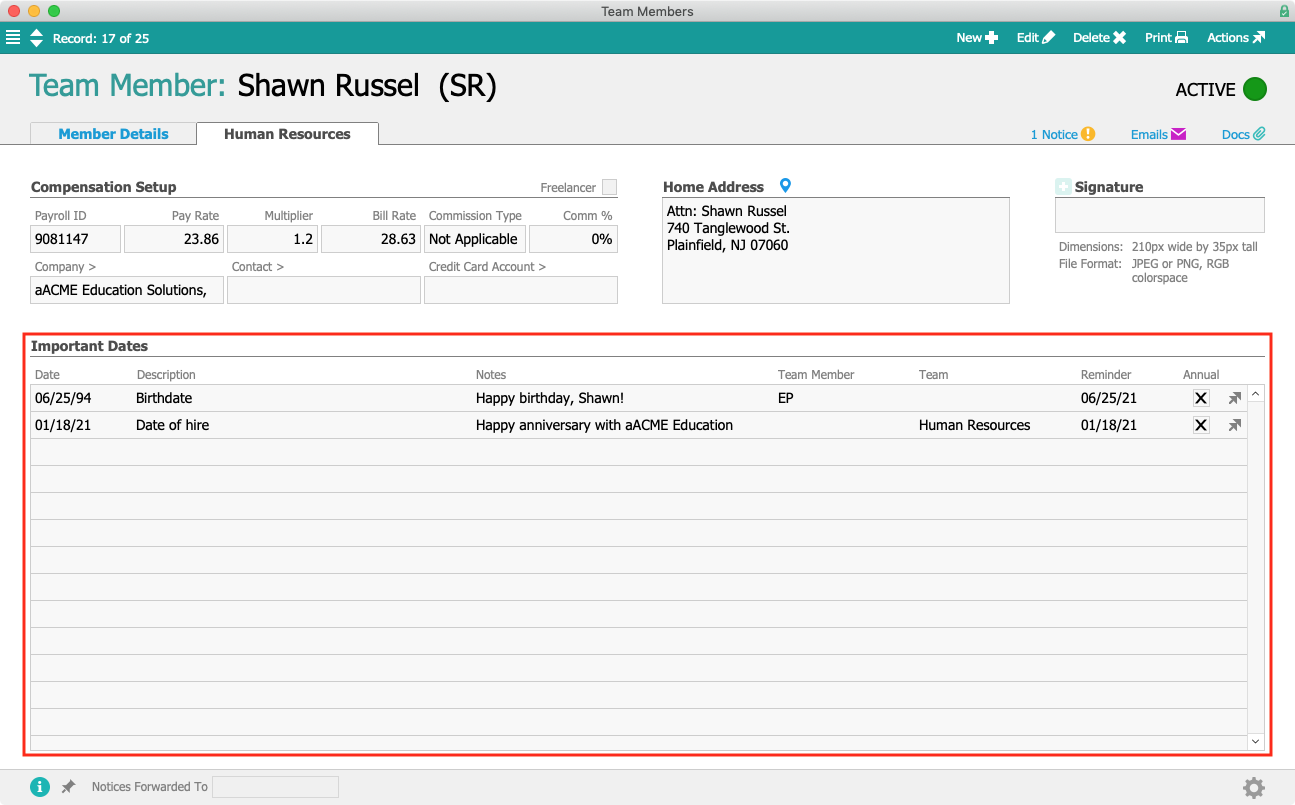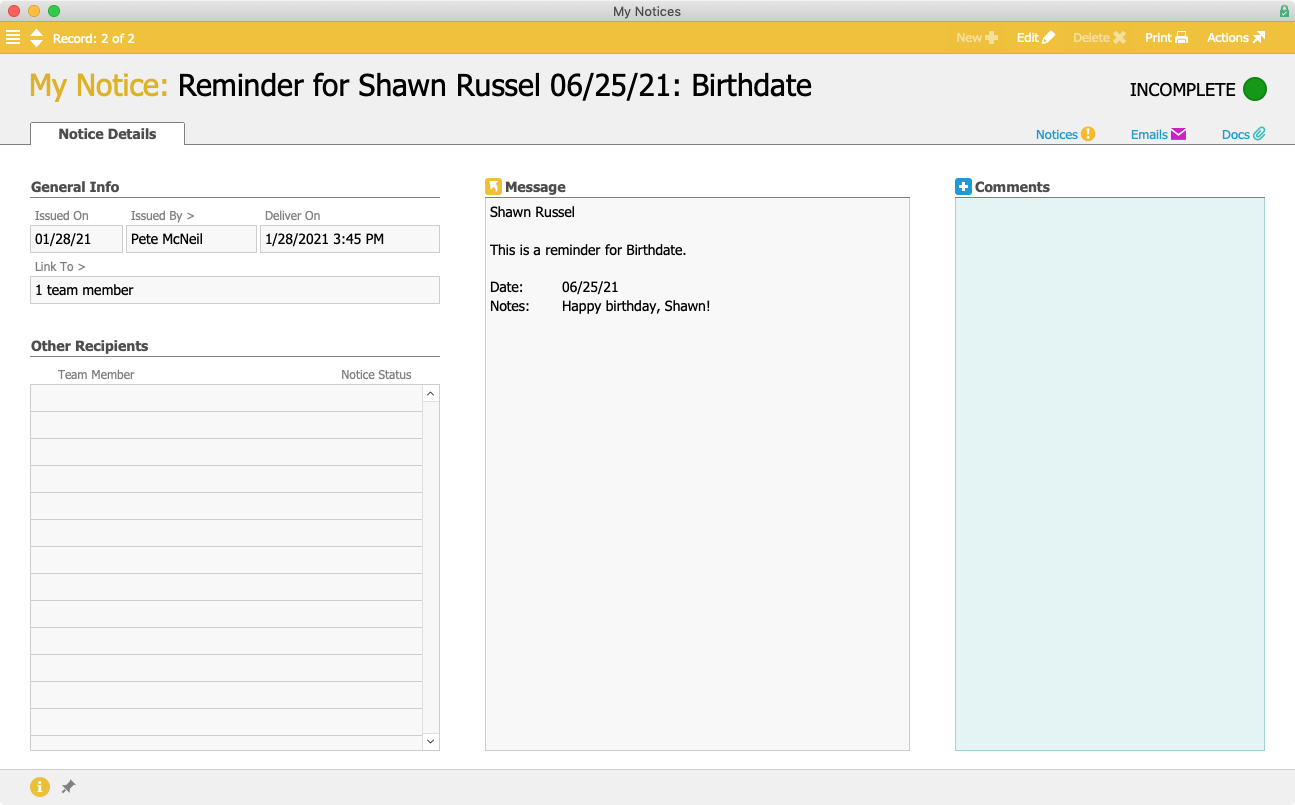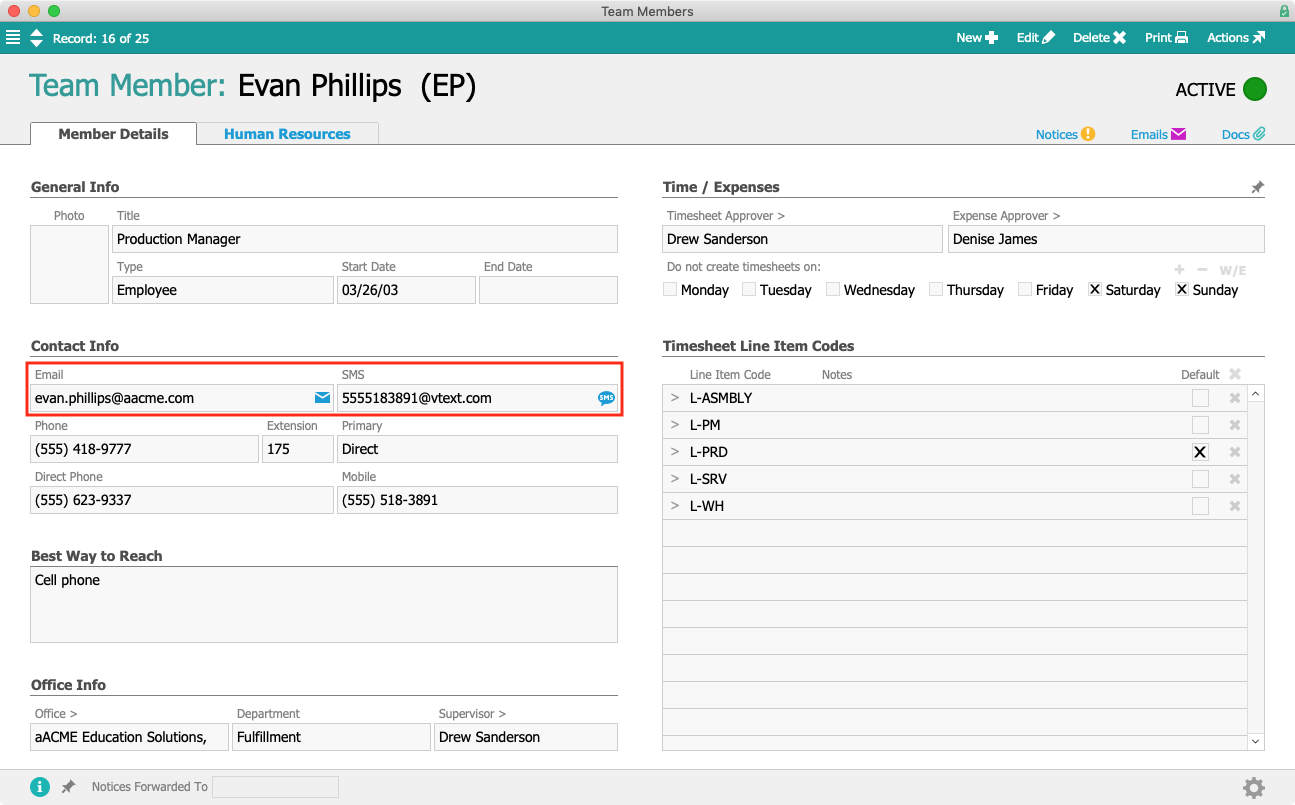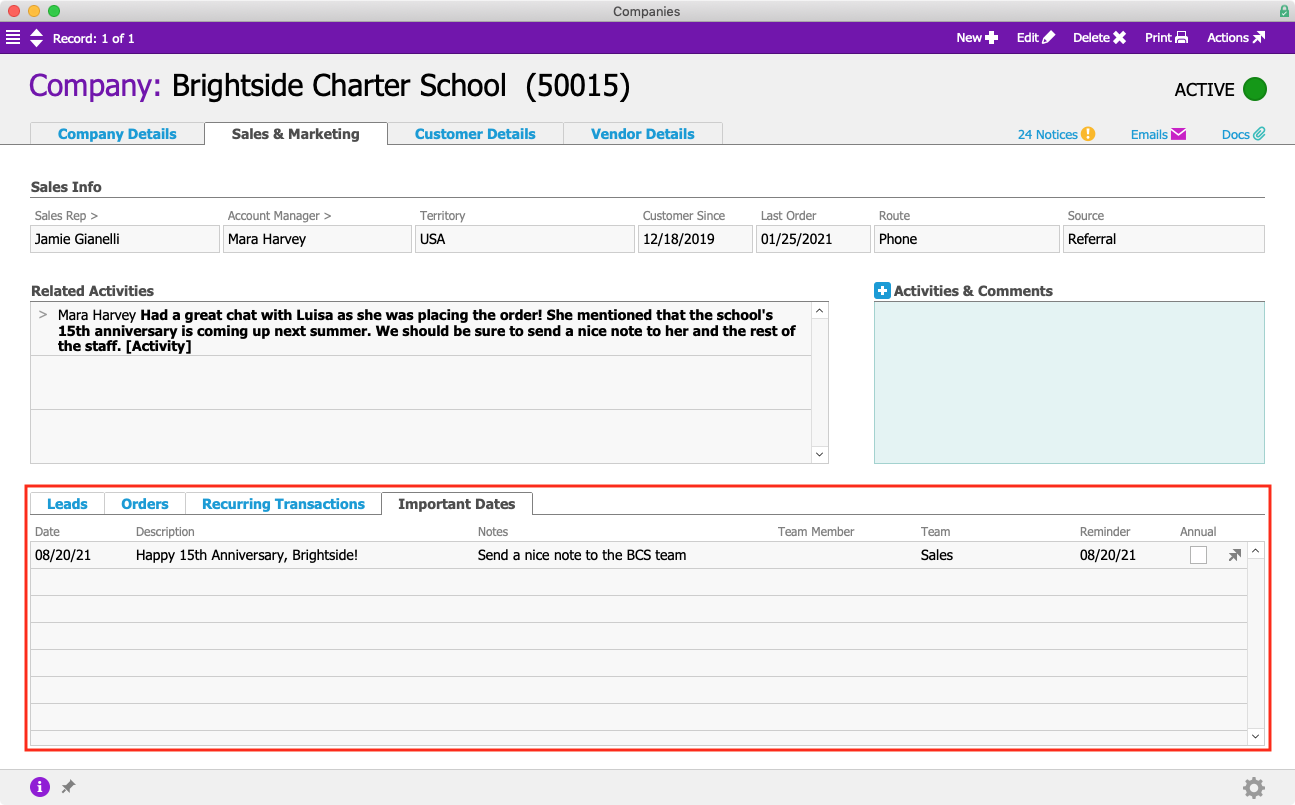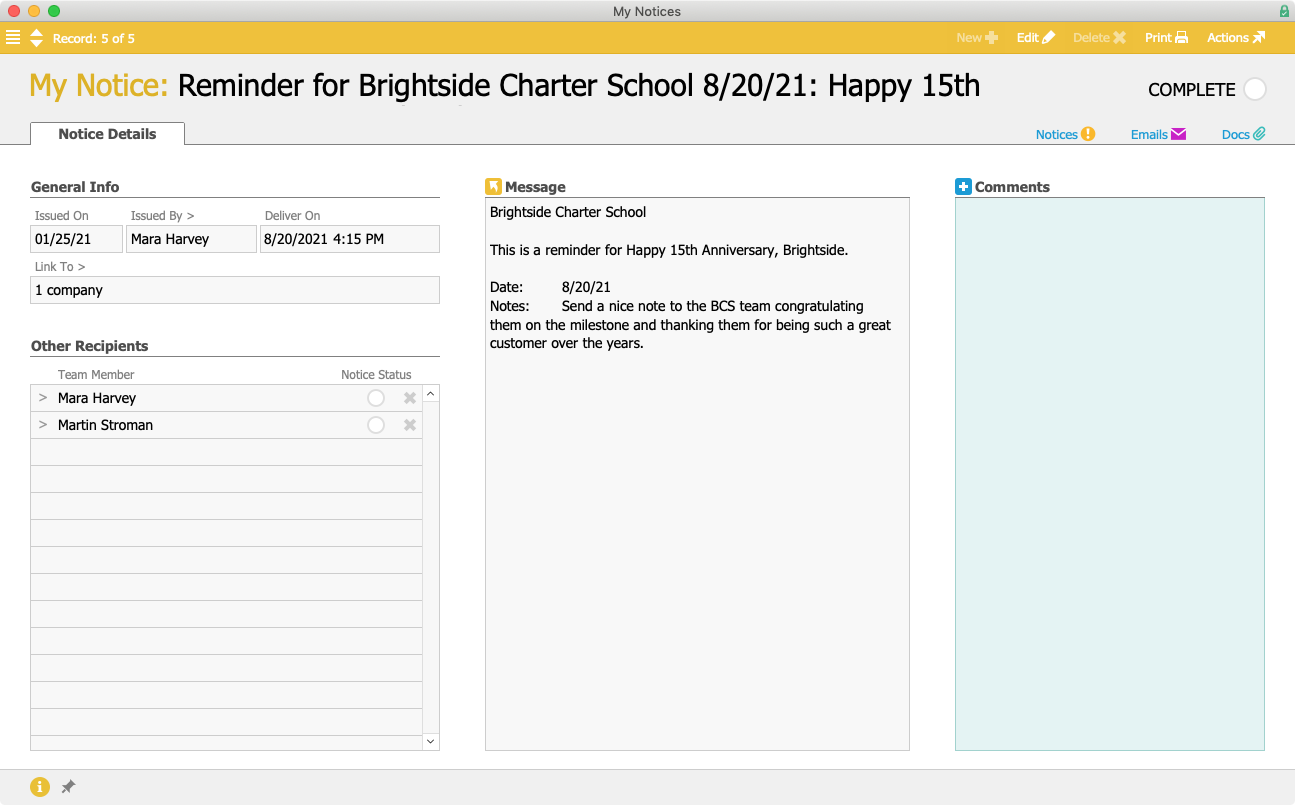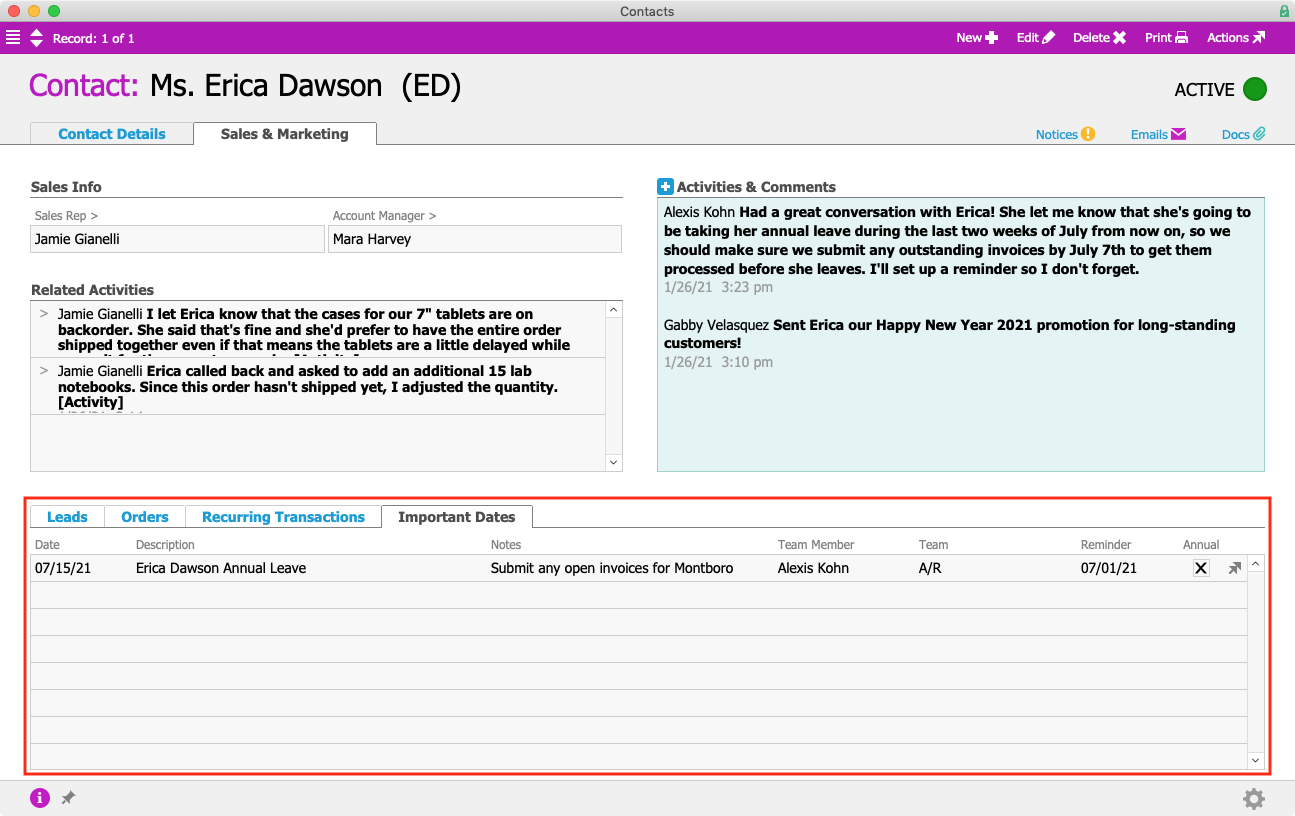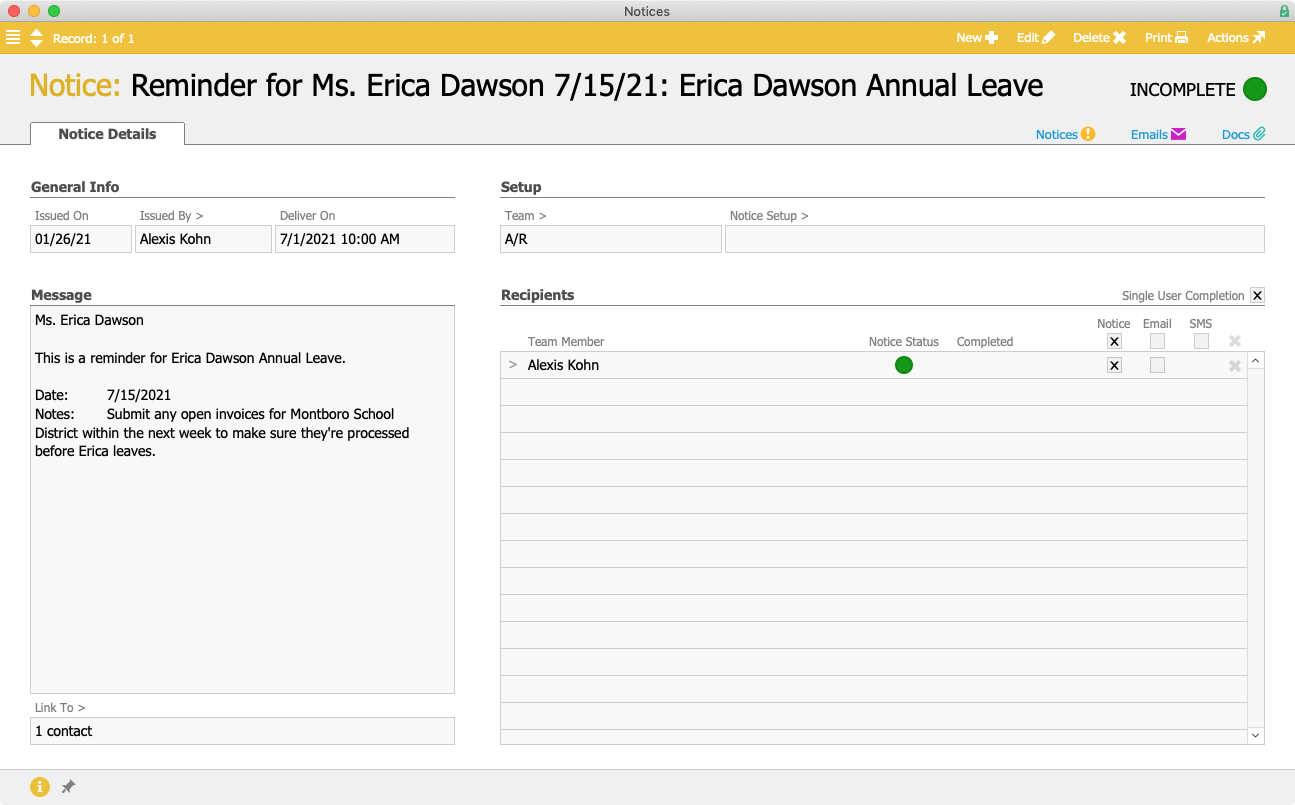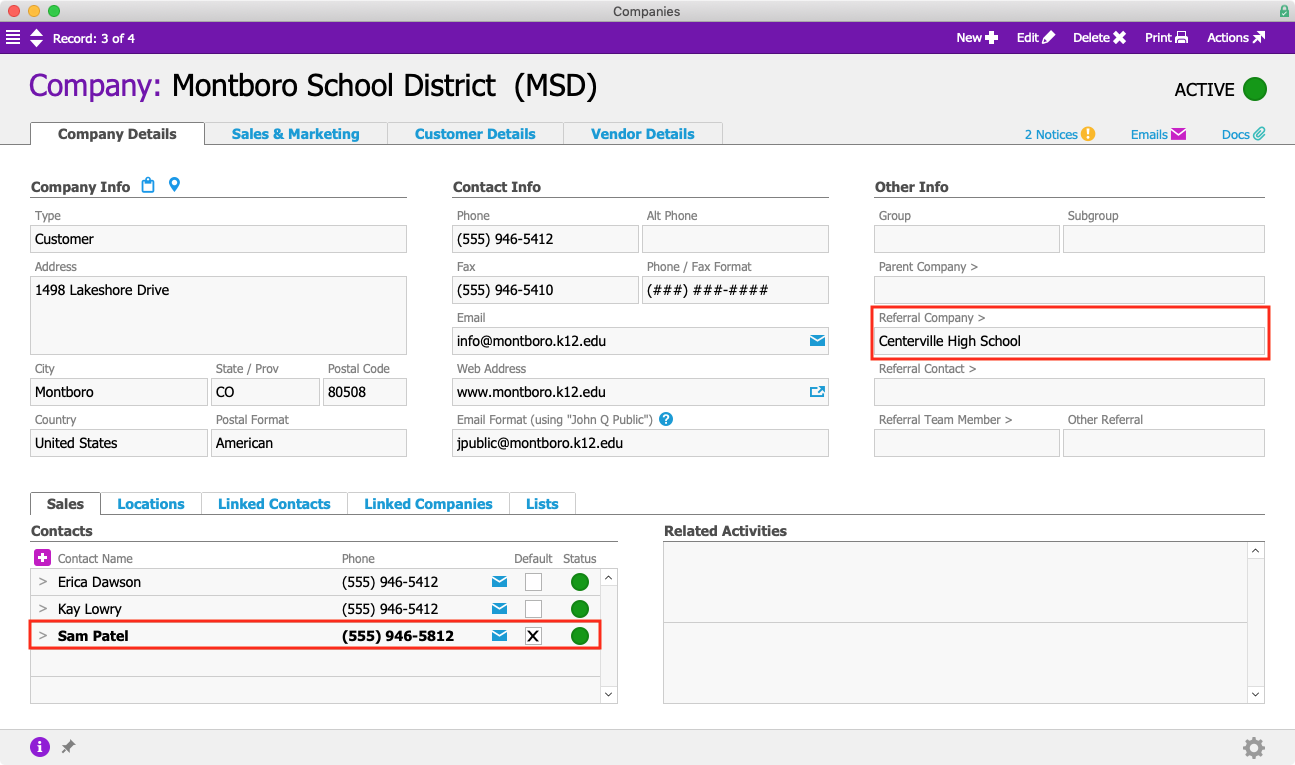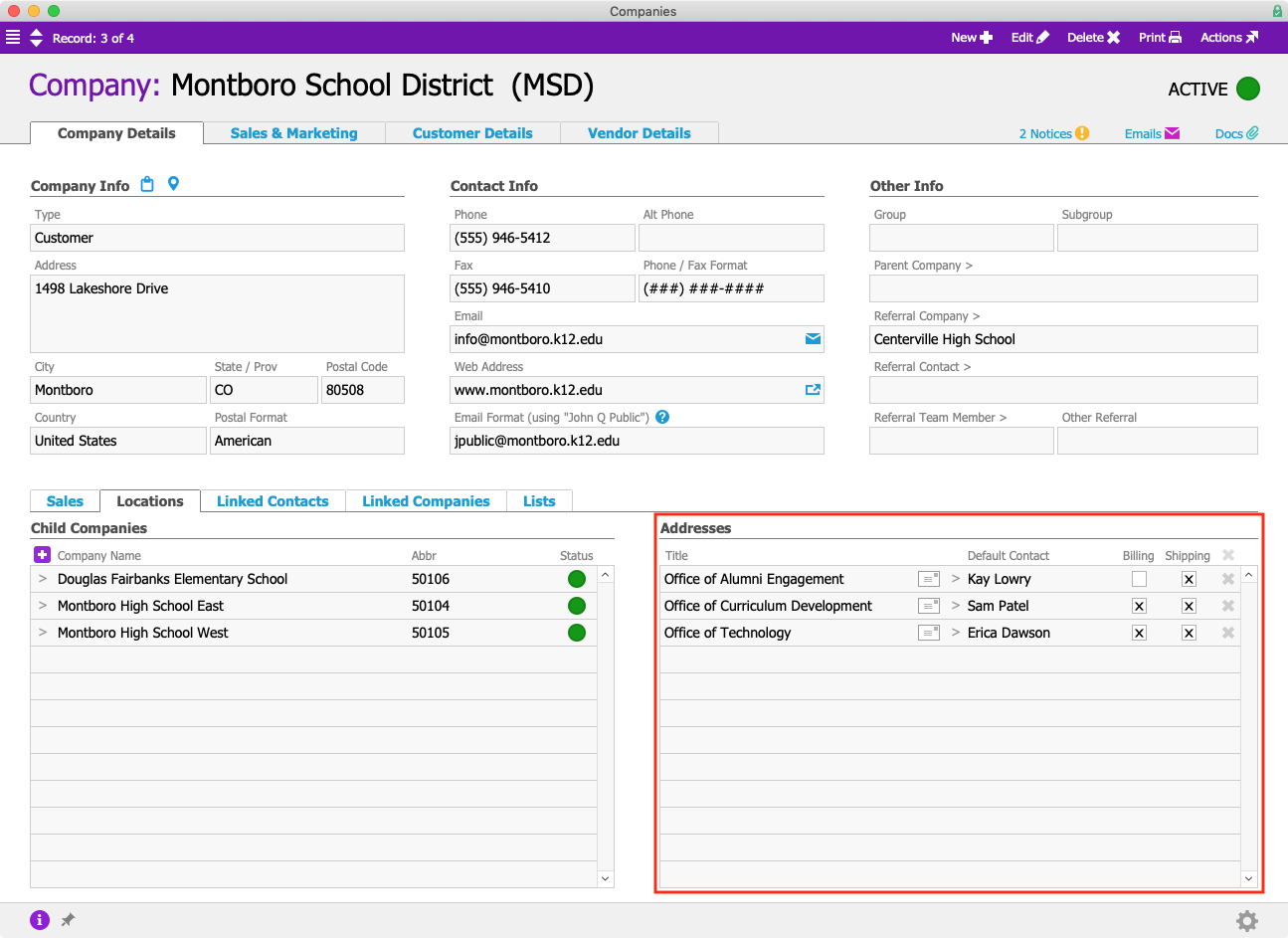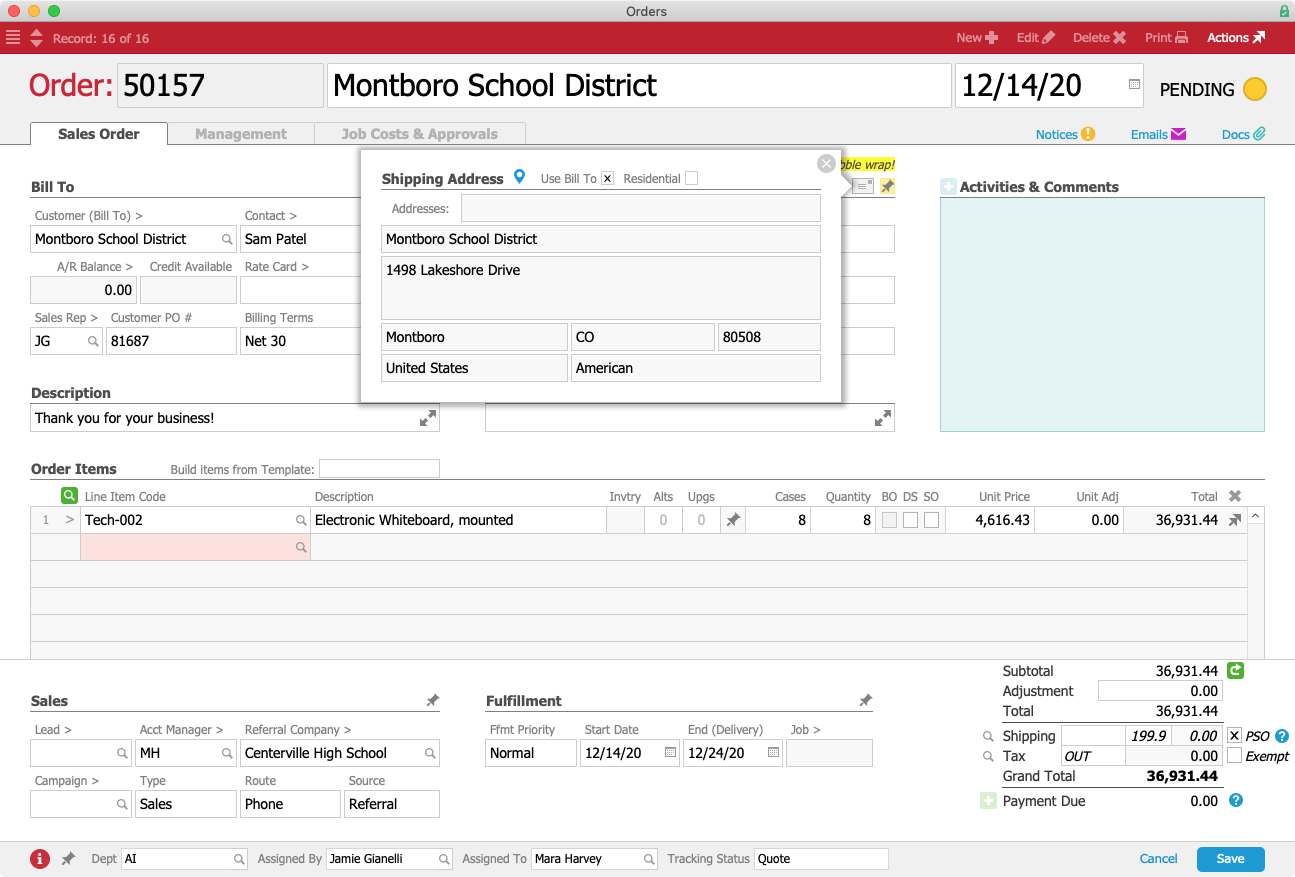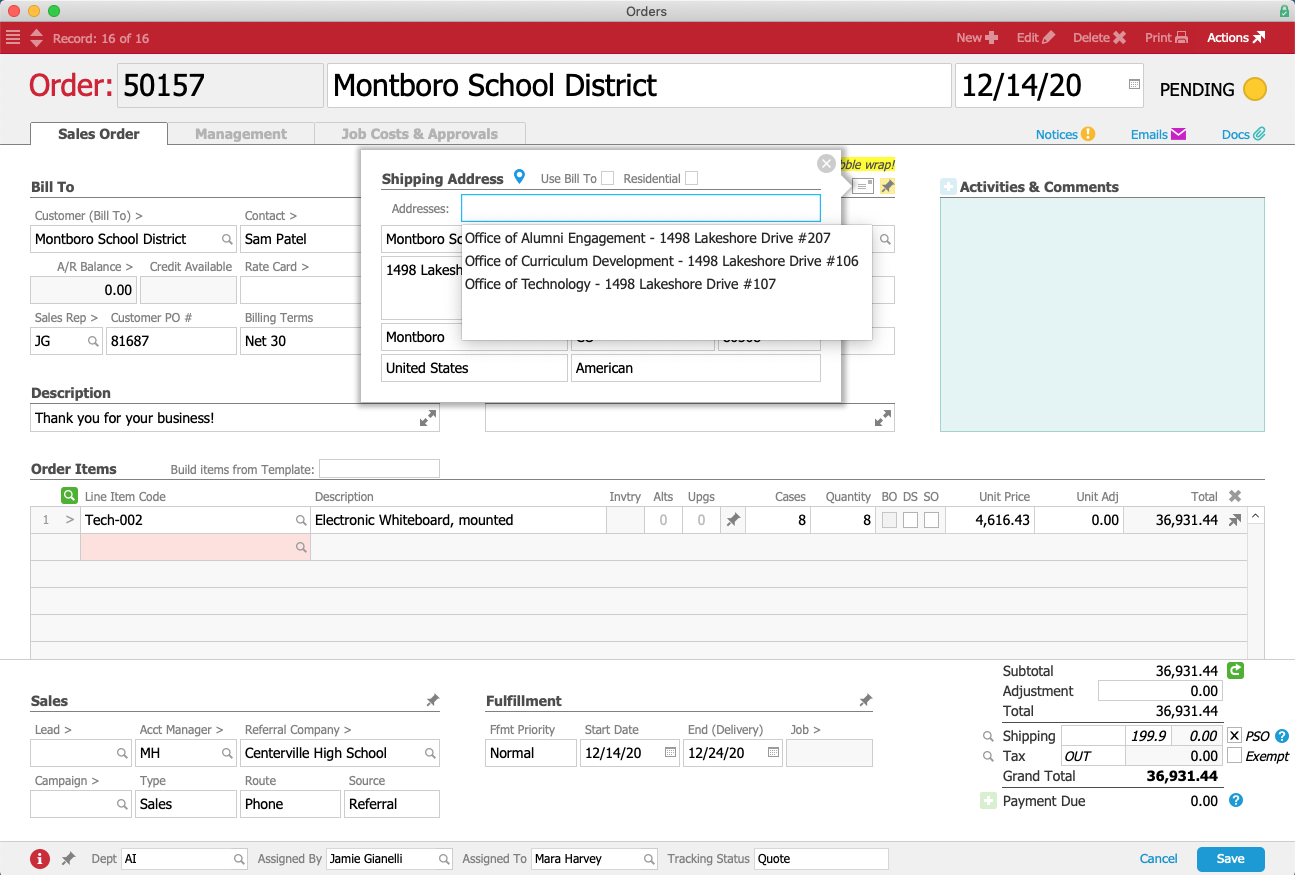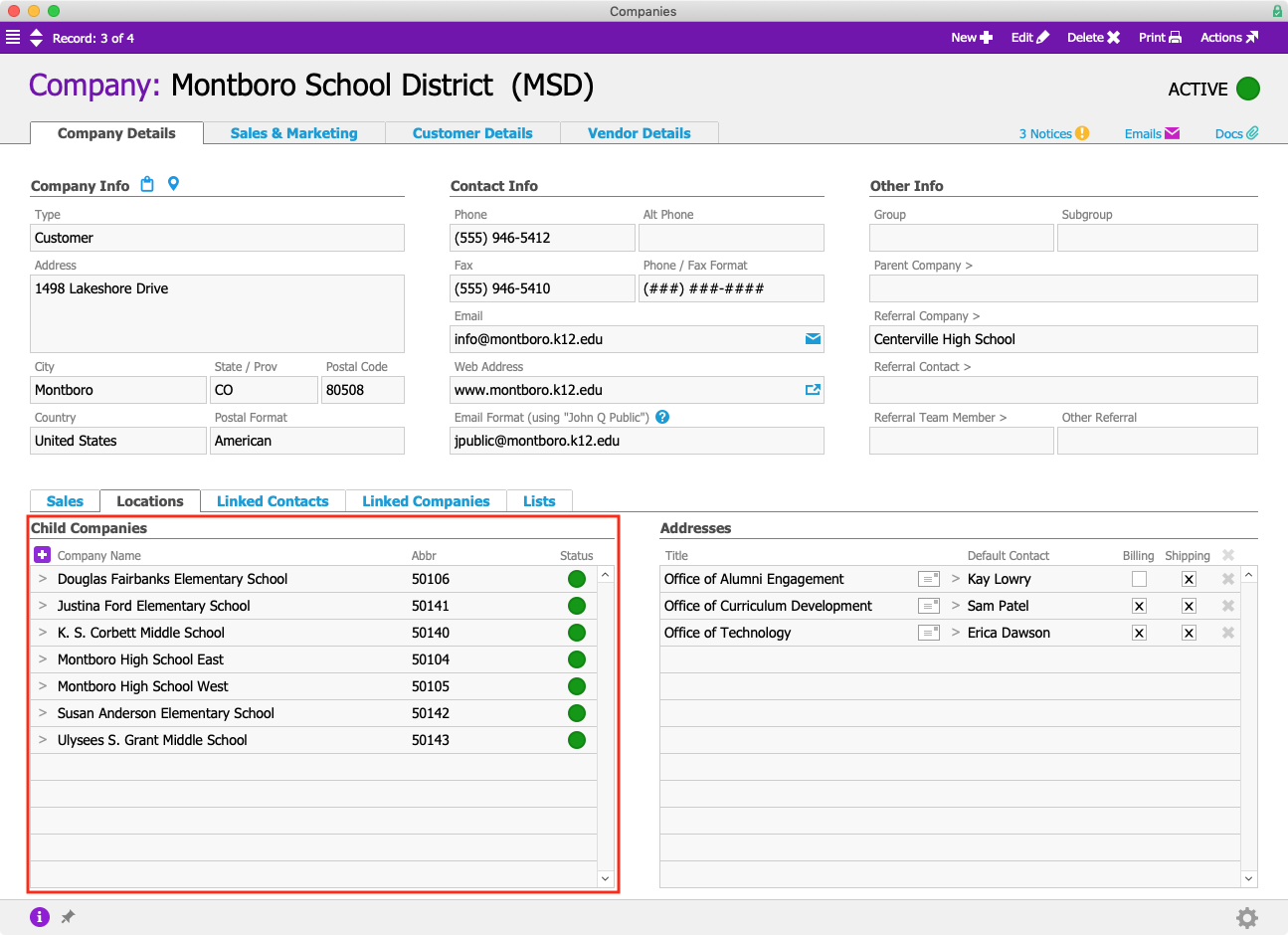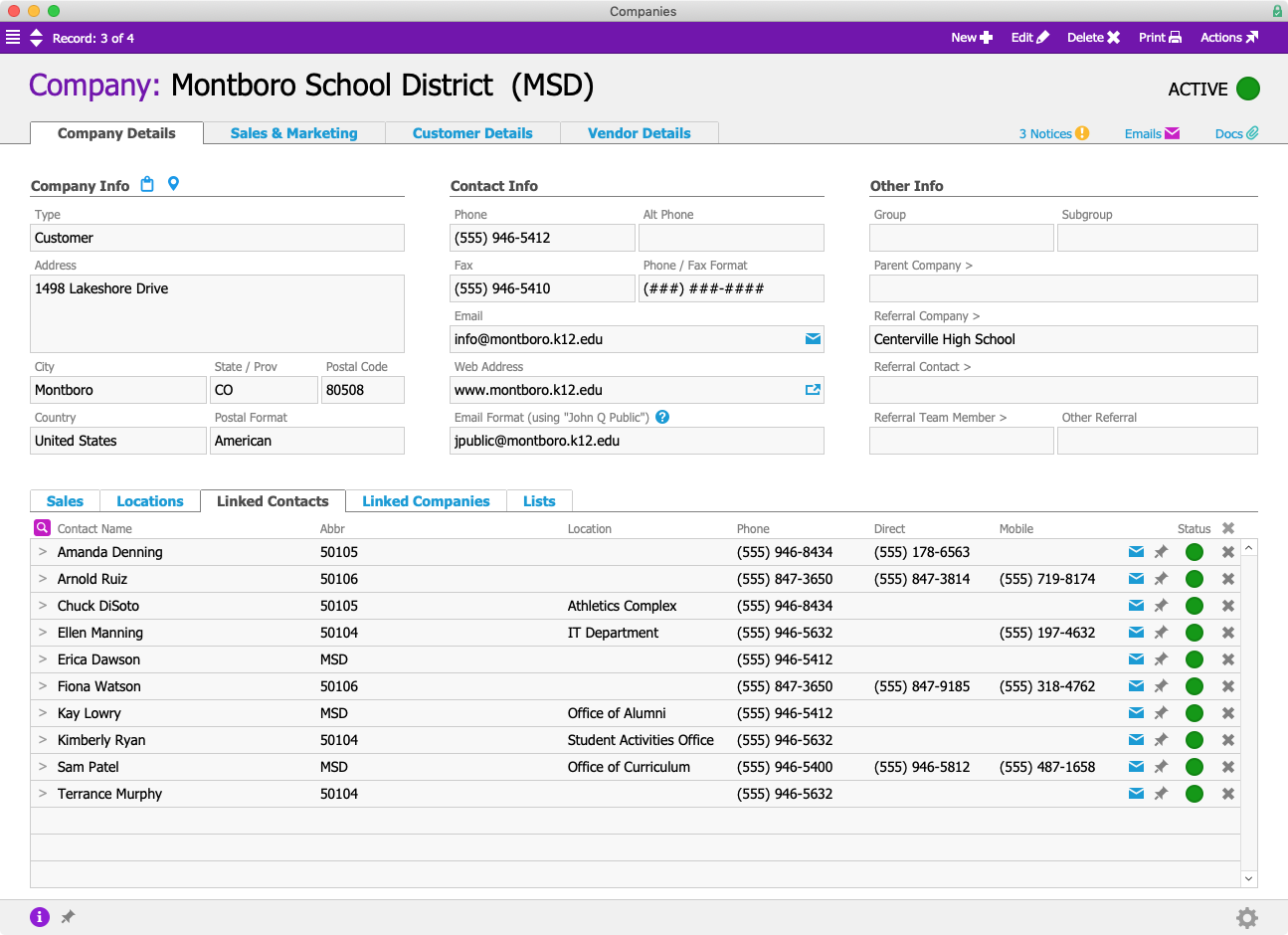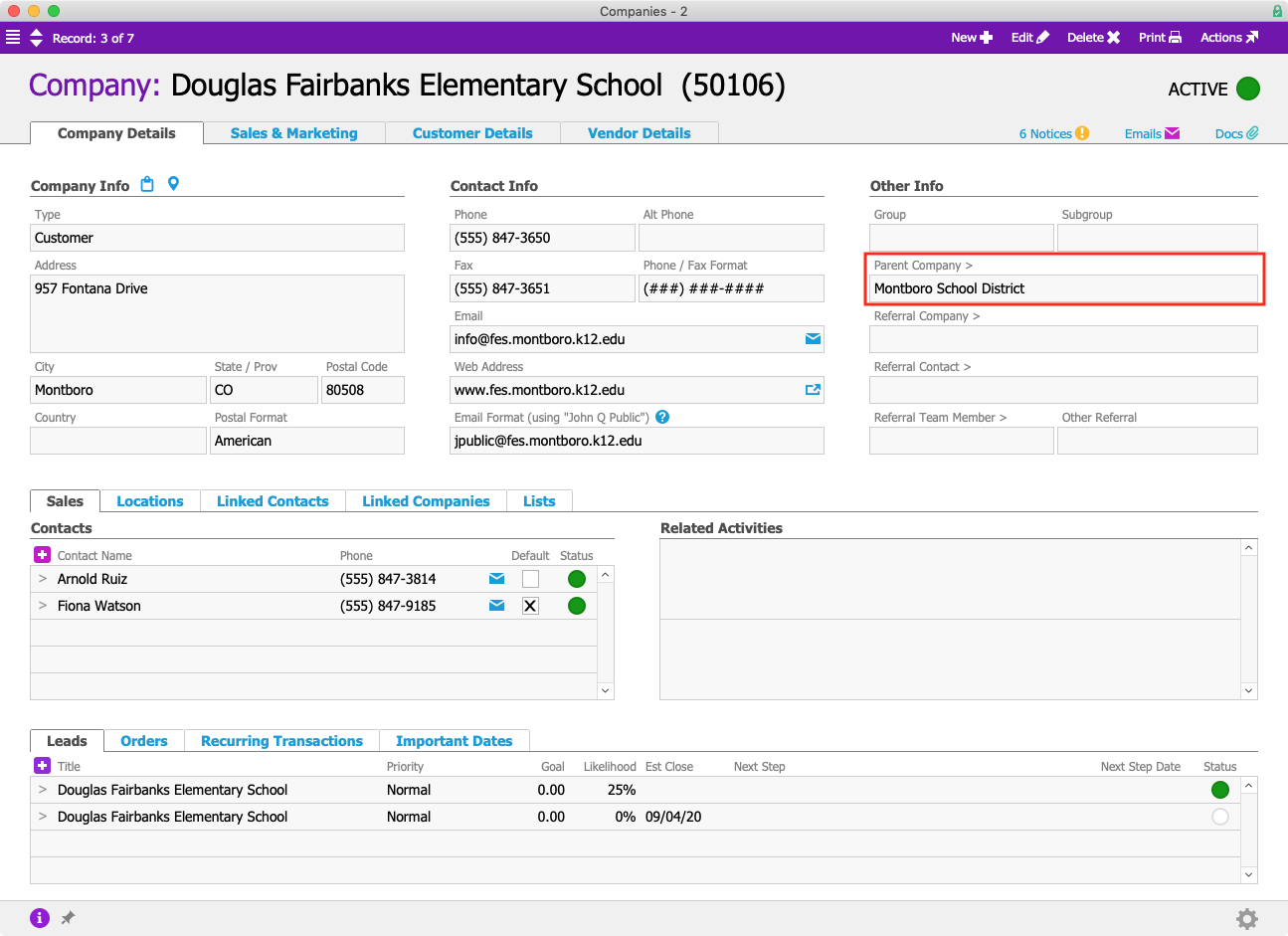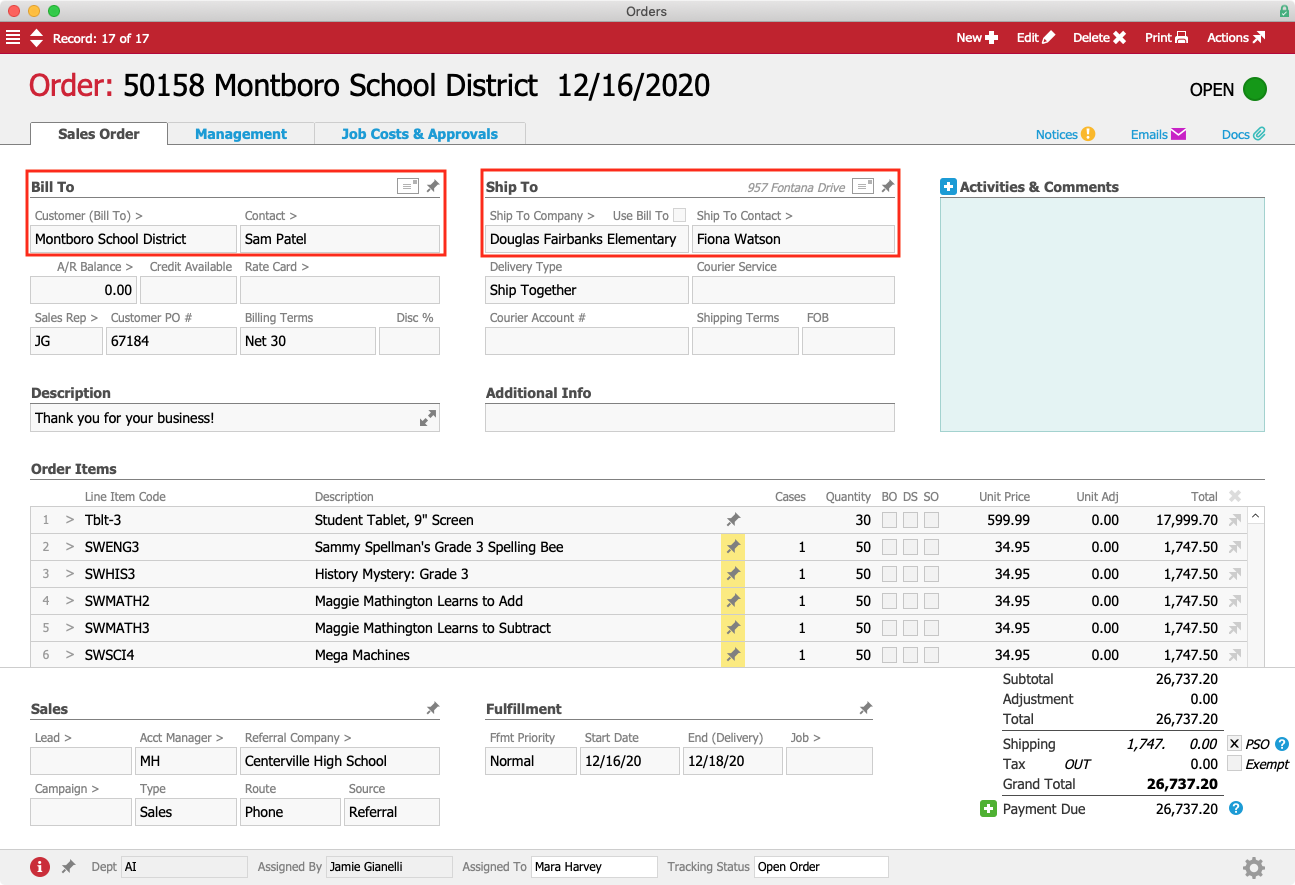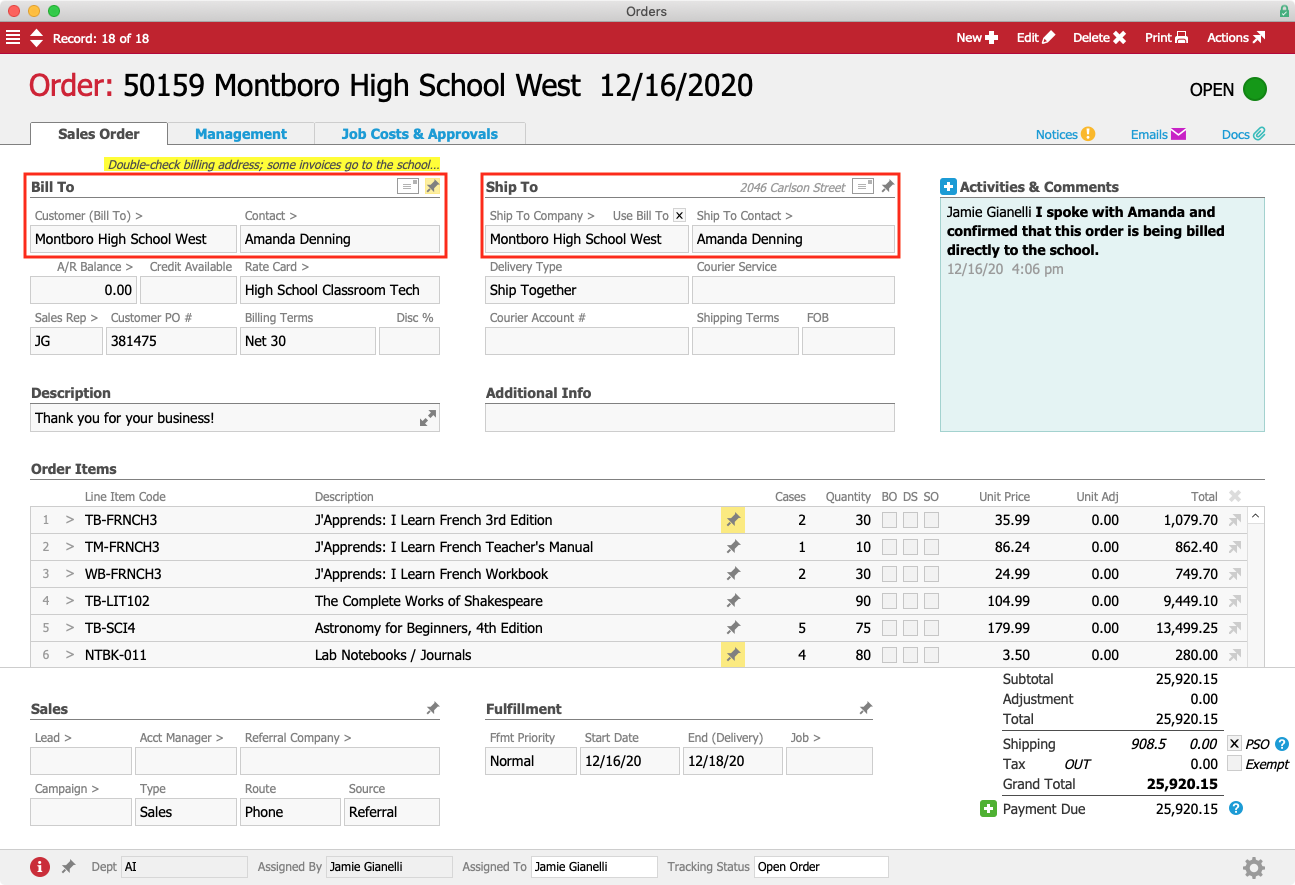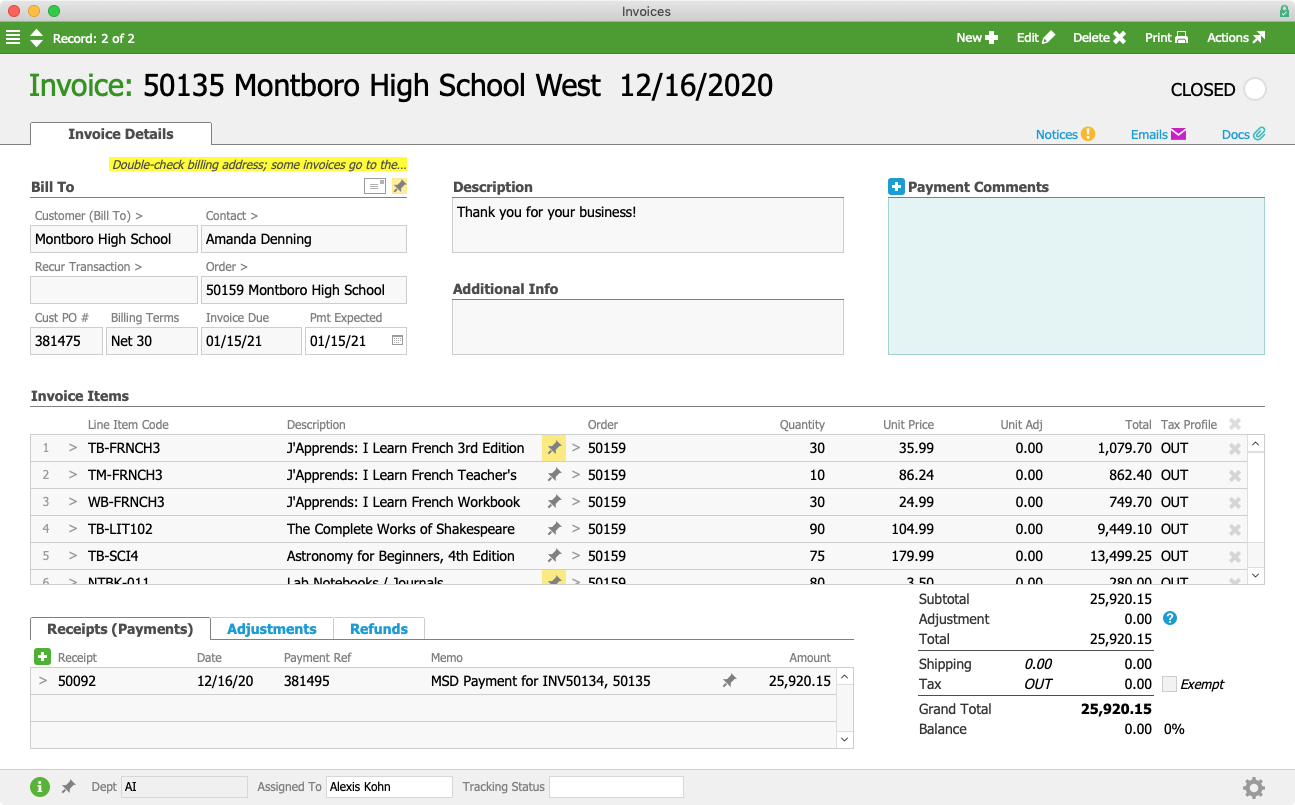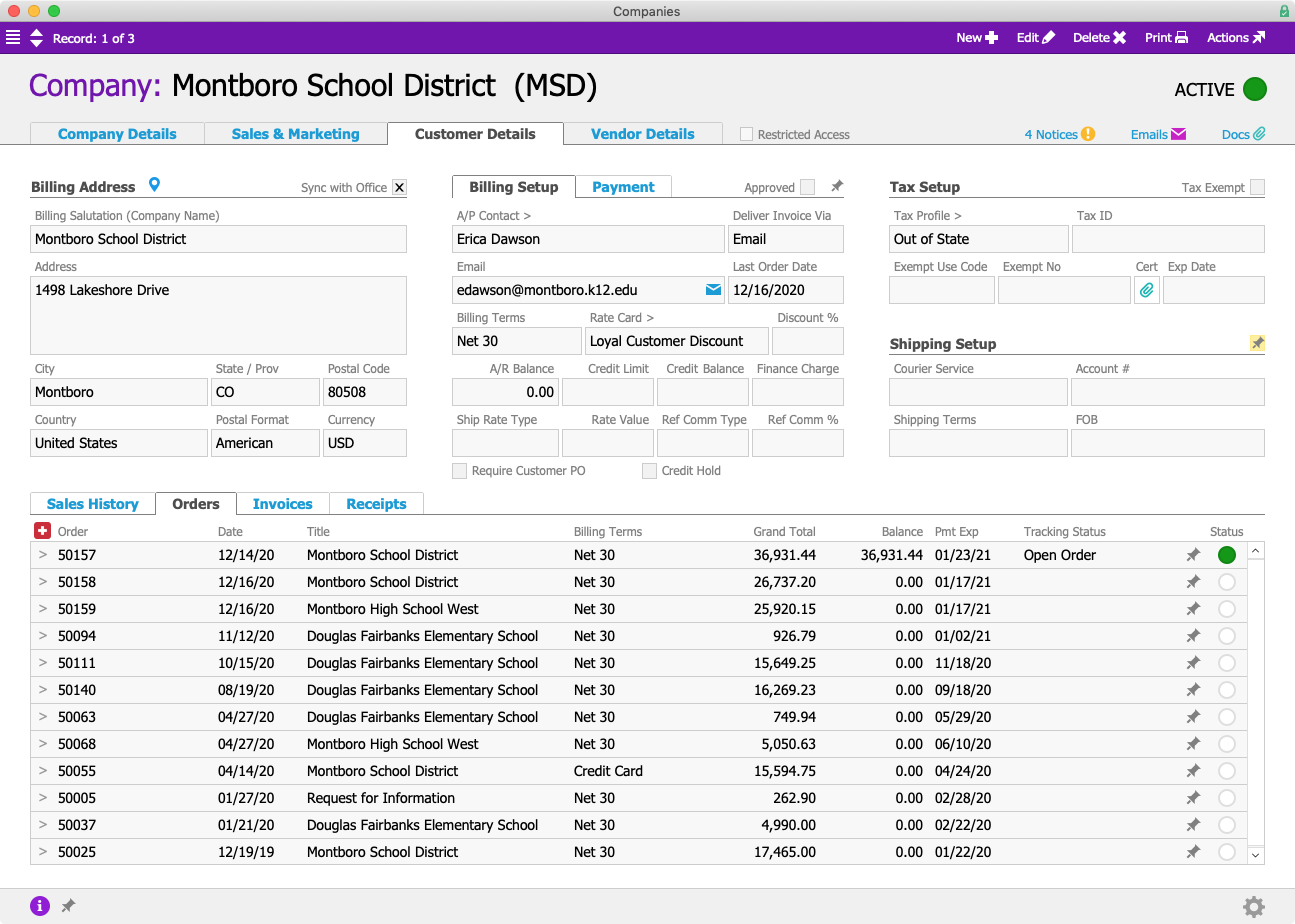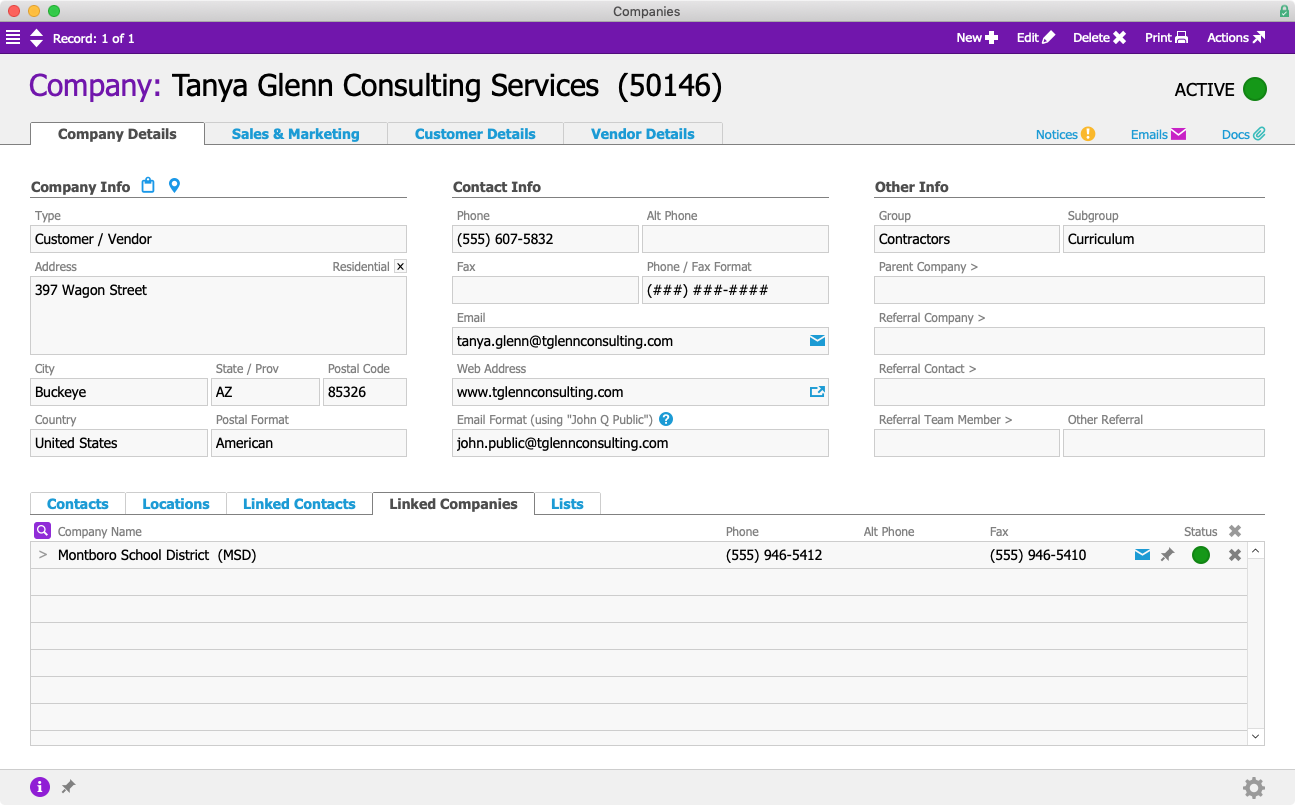The COVID-19 pandemic has altered lives around the world. With social distancing and mandatory “stay home” orders, business of all types have had to adapt to new ways of doing business. Unfortunately for many brick-and-mortar locations, that means slower business, and, for far too many, permanently closed doors and shuttered buildings.
There may, however, be a bright spot, and that’s with online sales and ecommerce.
According to Statista, for example, in May 2020, 52% of survey respondents said they were shopping online more frequently. Household and hygiene products saw an uptick in purchases, led primarily by a surge in online shopping for groceries. There were also increases for health and medicine, and other retail components such as furniture and home decor purchases.
There’s also been a noticeable increase in delivery services, through companies like DoorDash, enabling consumers to enjoy their favorite foods and beverages without having to leave the safety and comforts of home.
These increases in digital sales are great for a number of businesses that already had online sales portals, and likewise forced those who had been more hesitant to adopt an online retail presence to move forward with those options to stay afloat. And it’s not just in retail. We have also seen more digital-services offerings across multiple industries. For example, some businesses had not yet enabled digital bill-paying technologies for their websites, which have since been enabled, bringing benefits to both consumer and company.
The Sales Tax Conundrum
While an upswing in online commerce can be great for survivability during a pandemic, it also increases headaches, frustrations, risks, and liabilities for some companies, especially those who are not familiar with the changing and evolving laws related to online sales taxes.
In the early days of the internet (and for much of the span of online retail) most states in America did not collect sales taxes for goods purchased online. That was great for consumers because without the addition of a sales tax, they could purchase similar goods for less cost. It also helped fuel a growth in online sales because online sales brought a global market right into consumers’ homes.
But there was a downside to this approach for state governments, who often depend on general sales taxes to help fuel their annual budgets.
According to a report published by the Urban Institute, in 2017, for example, sales taxes fueled about 12% of state and local government revenue. With an increasing number of shoppers moving to online sales, it meant that those governments had a lesser chance of collecting the sales dollars for revenue support.
A Change in Direction
There is a general misconception that the internet has been a “tax-free” zone. In the U.S., remote and online sellers have been subject to state sales taxes within states that collect sales tax and where companies had a nexus (or connection) within that state.
In 2016, legislators in South Dakota passed a law that would allow it to collect sales taxes for online retail purchases made by residents, regardless of whether the seller had a nexus to the state or not. While there were some parameters, it enabled the government to start collecting taxes on sales it was otherwise unable to reach.
This new law ended up before the U.S. Supreme Court in a case of South Dakota v. Wayfair. Interestingly, South Dakota’s move was contrary to the 1992 Quill Corp v. North Dakota U.S. Supreme Court case, which determined that because of the Dormant Commerce Clause in the Commerce Clause of the U.S. Constitution, states couldn’t collect sales taxes on resident-based purchases on out-of-state vendors that didn’t have a nexus in that state.
But a June 2018 Supreme Court ruling for South Dakota v. Wayfair overturned the Quill decision and gave states the ability to collect sales taxes for online purchases made by residents within the state, even if that business doesn’t have a physical location within the state.
Today, 43 of 45 states that collect sales taxes now also collect those taxes from online and remote sellers.
Understanding the Impact of the Wayfair Decision
As a result of the Supreme Court ruling, companies must now take a look at sales tax laws on a state-by-state level and properly collect and remit sales taxes for each state, where applicable.
Unfortunately, many companies – especially smaller ones – are not aware of the Wayfair decision and may not be accurately assessing those taxes as required by state law. For larger companies, the vast volume of state regulations, depending on reach, can make it challenging to accurately collect and remit those required taxes on time to avoid penalties.
If you’re new to this process, here are a few tips that can help ensure success:
First, you’ll need a sales tax permit or license in your nexus state. Whether or not you need additional permits for state and local sales tax collections in all of the areas where you may do online sales depends on a variety of factors, so be sure to check with each state’s department of revenue for specific requirements.
Next, you’ll need to collect sales taxes from your customers as determined by state and local law.
Finally, you’ll need to report those taxes and file them by a specified deadline. Again, each state and local government may have different requirements, so you’ll need to consult each for specifications.
Simplify Collecting and Filing
Instead of doing manual research and filing for every state where you’ll need a tax profile, you can simplify your tax collection processes by using a software that does the work for you. For example, aACE enables you to easily set up tax profiles for every state and individual jurisdiction where you do business. And for more complex requirements, our integration with Avalara AvaTax uses geolocation for precise, up-to-date tax rates every time you make a sale. aACE’s out-of-the-box tax tools make it easy to collect and remit applicable taxes right through one streamlined program.
To learn more about the aACE+ AvaTax integration, check out our feature highlight. And to discovery what else aACE can do for your business, register for an upcoming webinar today.


